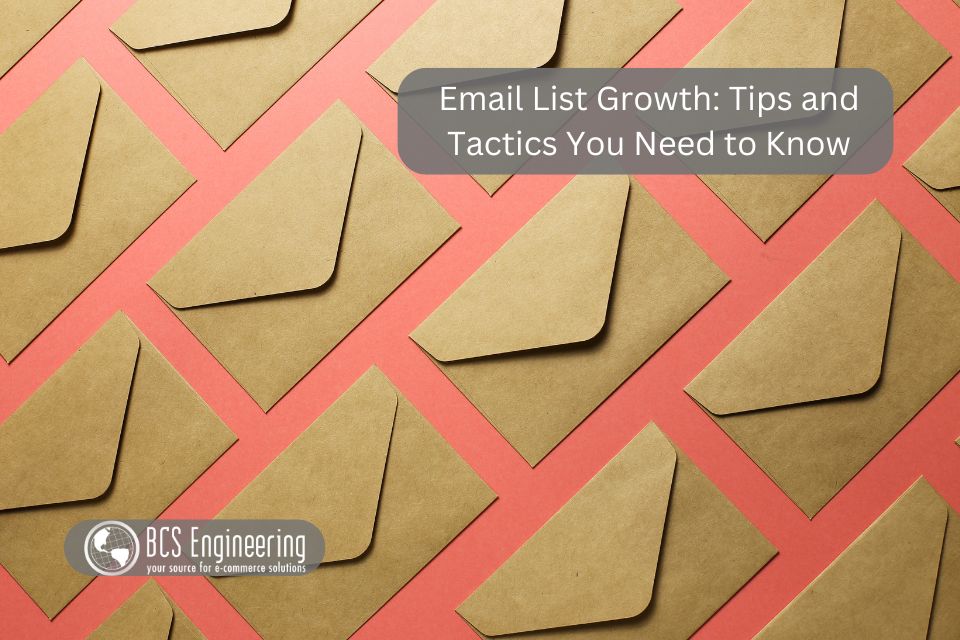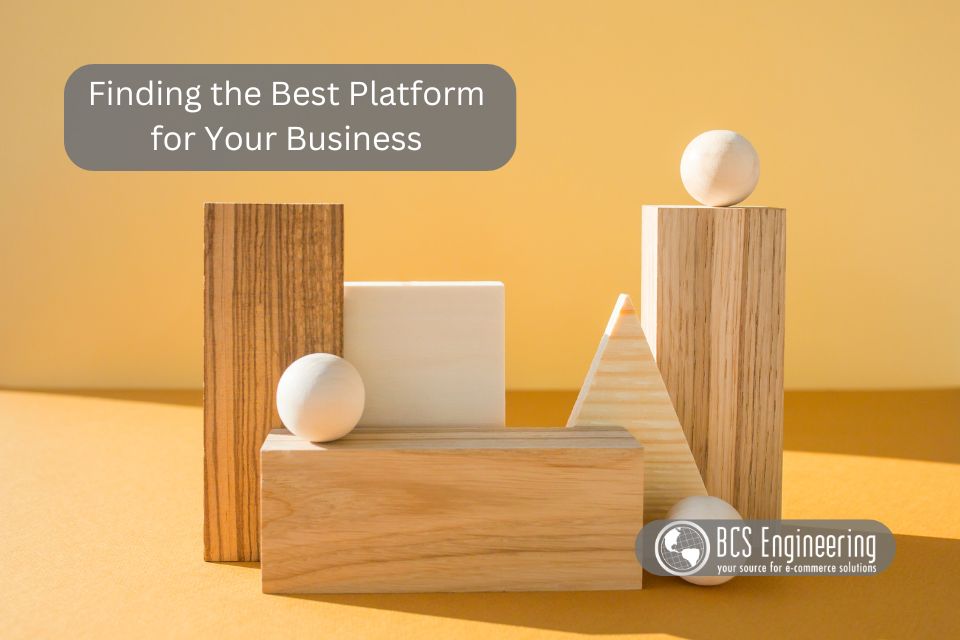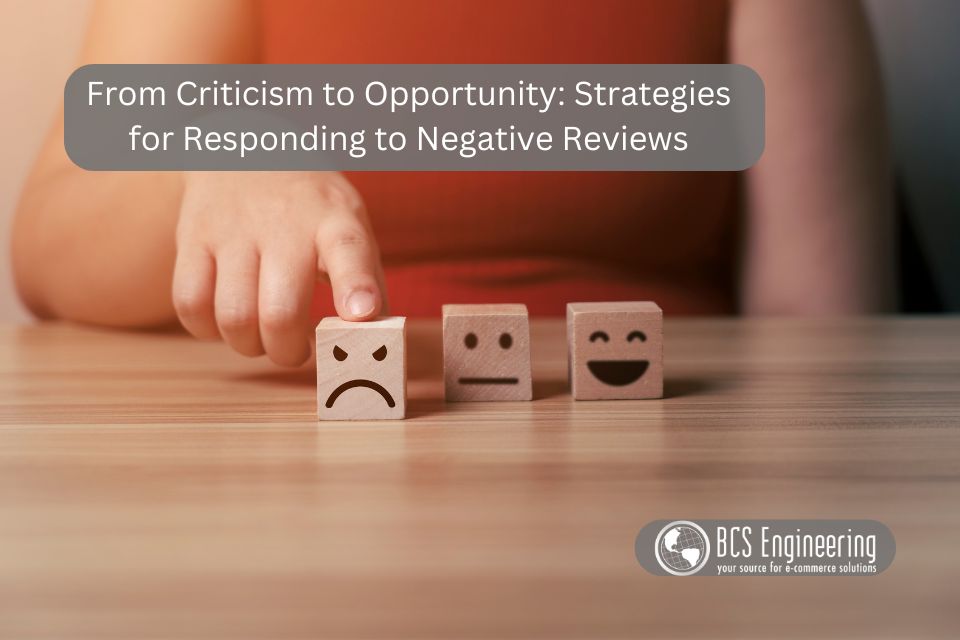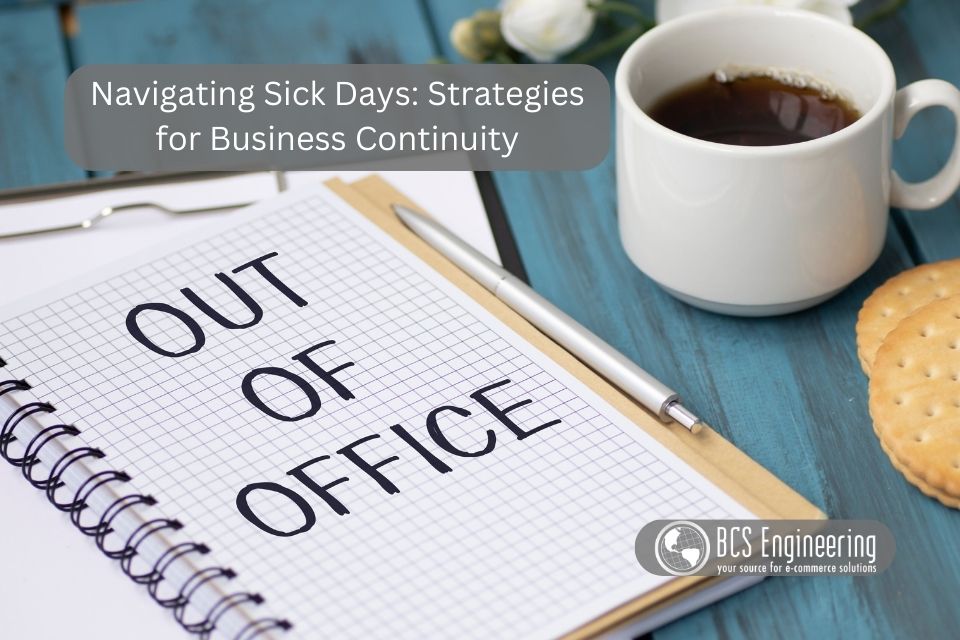Ever get the feeling that a product you viewed online keeps popping up in ads everywhere you go on the internet? This is due to the use of third-party cookies. In this blog, let’s discuss what third-party cookies are, how they work, and the privacy issues they raise.

What are Third-Party Cookies
Third-party cookies are pieces of data created by websites you’re not currently visiting. As a user, you can visually see these pieces of data appear on other sites. For example, let’s say you are looking at a pair of shoes online. You choose to think longer before purchasing the shoes and exit. However, later that day while scrolling through your social media feed, you see the same pair of shoes you were just looking at being advertised to you! If you were to click on the ad, it would bring you right back to the site where you first saw the shoes. That is due to third-party cookies.
How do Third-Party Cookies Work
Third-party cookies are often used for tracking and advertising purposes across multiple websites. A few ways businesses use third-party are…:
- Tracking Across Websites – When you visit a website, it may contain ads or images from third-party websites. These third-party sites can place cookies in your browser to track your activity across various websites.
- Advertising – Third-party cookies are commonly used by advertisers to track your browsing habits and interests. This information can be used to display targeted ads based on your online behavior.
- Personalization – Some websites use third-party cookies to personalize content and services for you based on your browsing history and preferences.
Controversies & Concerns of Third-Party Cookies
The use of third-party cookies has raised concerns centered around privacy and security. While personalized ads can be helpful in showing us products and services we might like, it can feel invasive. Tracking our habits and building detailed profiles of our online behavior leaves many users concerned about their privacy. Another concern is how safe the data collected by third-party cookies is. Third-party cookies can be exploited and attacked by malicious actors to steal sensitive information, leading to potential data breaches and privacy violations.
Want to learn more?
Recently, there has been a shift in the industry away from third-party cookies due to privacy concerns and regulatory changes. Major web browsers like Google Chrome, Apple Safari, and Mozilla Firefox have announced plans to phase out support for third-party cookies or implement stricter controls. Listen to our latest eCommerce Made Easy Podcast to learn more about third-party cookies and how to prepare for their upcoming deprecation.









